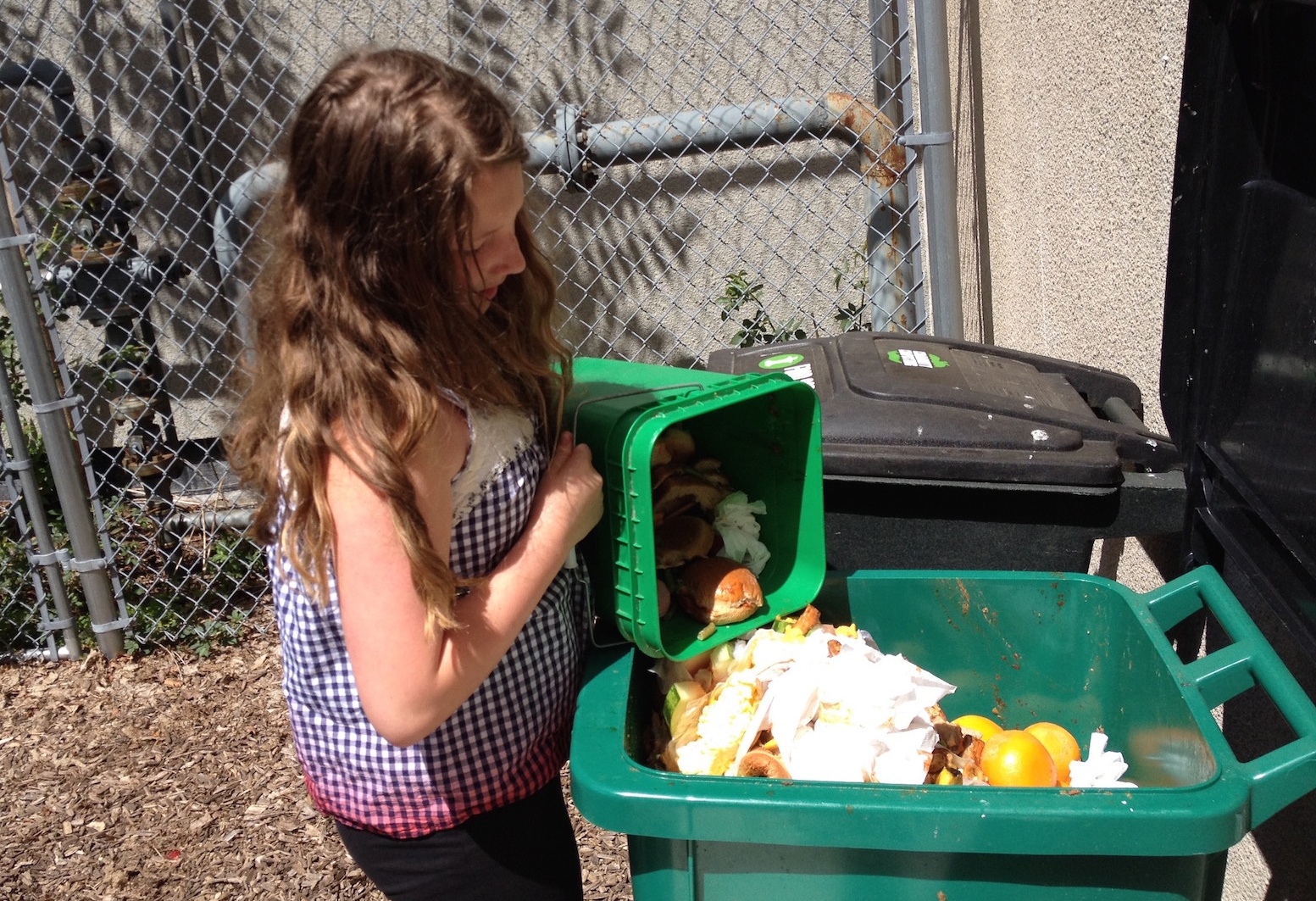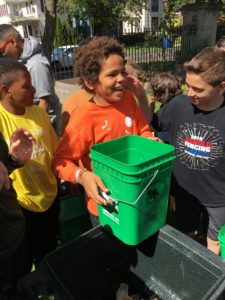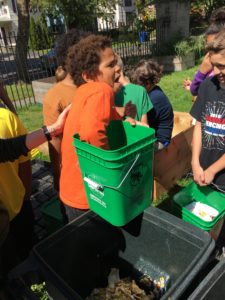We have much more to do and your continued support is needed now more than ever.
Eco-Schools USA Traveling Along the Pathways to Sustainability – Part 2

Ever thought about turning your school grounds into an outdoor learning laboratory? How about working towards zero waste by recycling and composting? In this second post of our three part blog series highlighting the 12 Eco-Schools USA Pathways, we feature the popular Schoolyard Habitats®and Consumption and Waste Pathways, along with Healthy Schools and Transportation. Read on to learn how to get started using these Pathways to incorporate place-based learning experiences into your school’s curriculum and to find project ideas for students.
SERIES 2
Schoolyard Habitats®, Consumption & Waste, Healthy Schools, and Transportation
Schoolyard Habitats®

From urban rooftops to expansive school gardens, our Eco-Schools from coast to coast have worked hard to create unique Schoolyard Habitats. These spaces serve multiple purposes, from wildlife habitat to outdoor learning labs, to supporting biodiversity and growing foods that are shared within the school and greater community. Can you think of a better way to engage students of all academic levels? One project idea is for students is to develop a rainwater catchment system that can be used for watering once a school garden is in place.
- Rainwater catchment involves collecting rainwater from a roof or other surface before it reaches the ground and storing it for future use on school gardens, trees, and other planted areas.
- Incorporate the arts by asking students to create a design to be used to brighten up the outside of rain barrels
Learn more about the Schoolyard Habitats Pathway.
Consumption and Waste


School is the perfect environment for engaging students in lessons about the environmental impacts of consumption and waste habits. Whether it’s through increased paper recycling in the classroom, composting in the cafeteria, or the collection of used markers and crayons, even the youngest students can make a measurable impact. An easy way to get started is simply by improving communication about waste and recycling initiatives to staff, students and parents.
- Ensure that recycling bins are clearly marked.
- Use colorful stickers and posters to clarify what does and does not go in the recycling bins.
- Announce recycling initiatives in school assemblies, staff meetings, newsletters and on the school website.
- Hold class competitions or recycling days to keep waste reduction prominent and fun.
- Use bulletin boards and displays around the school to show how the consumption and waste habits of the school community are changing.
Learn more about the Consumption and Waste Pathway.
Healthy Schools

A healthy learning environment for both students and staff is an important component of a sustainable school. Things like poor air quality and the use of hazardous chemicals in school buildings are just some of the areas to be addressed through the Healthy Schools pathway. While students can play a key role in making changes, keep in mind that the expertise of facility managers and administrators may also be required for some activities. One way to move towards a more healthy school is to improve the indoor air quality. Use these tips to get started:
- Use HEPA filters in the ventilation system and change air filters regularly.
- Make sure all air vents are unblocked and free from clutter.
- Ask bus drivers not to idle next to the fresh air intake and ask facilities staff to move garbage away from air intakes.
- Check out the Environmental Protection Agency’s Indoor Air Quality Tools for Schools Action Kit which can help you improve indoor air problems at little-or no-cost.
Learn more about the Healthy Schools pathway.
Transportation

As more and more schools face budget shortfalls, cuts in bus routes have become more commonplace. Addressing the Transportation Pathway gives students the opportunity to discuss the need for safe routes to walk and bike to local schools, while also considering the impact of more cars idling on school property in the morning and afternoon. In addition, students can learn about and educate the school community on the benefits gained from the increased physical activity when walking or biking to school. To get started, students can organize a “Walking School Bus.”
- A walking school bus is a group of children walking to school with one or more adults.
- It can be as informal as two families taking turns walking their children to school or as structured as a route with meeting points, a timetable and a rotating schedule of trained volunteers.
- A bicycle train is another option, in which adults supervise children riding their bikes to school
Learn more about the Transportation Pathway.
Check back with us next week for our last blog in this series
and visit Eco-Schools USA to download the free handbook






















